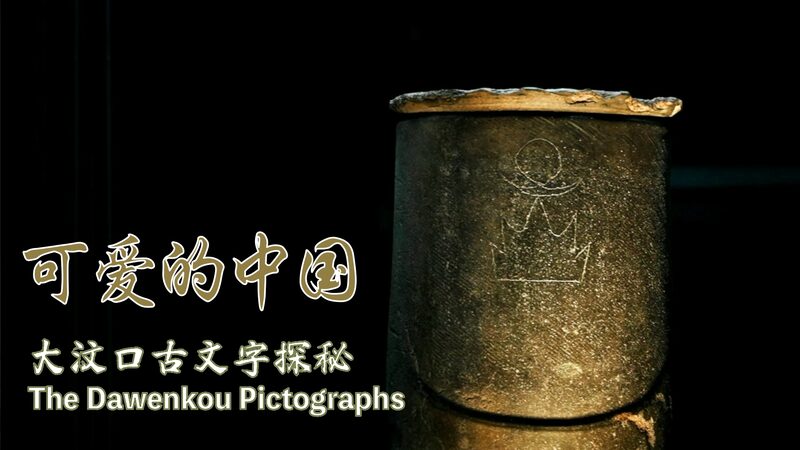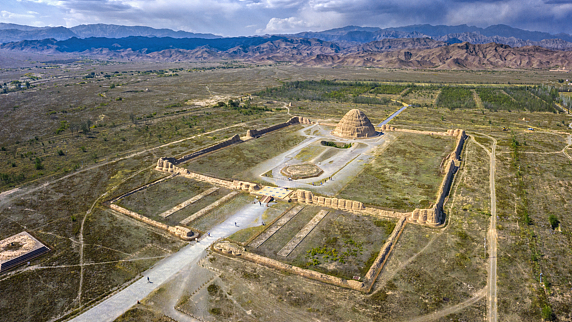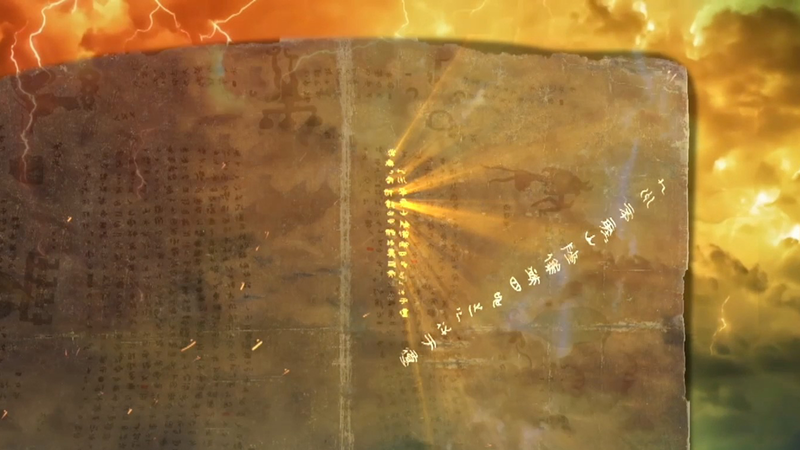In 1969, a dusty collection of pottery fragments in Beijing sparked a debate that’s still buzzing today: Were the mysterious Dawenkou Culture carvings simple symbols or the *original* Chinese characters? 🧐 These 4,500-year-old etchings—found on artifacts from modern-day Shandong Province—are rewriting what we know about early writing systems in East Asia.
More Than Just Pottery Art
Discovered in the 1950s but thrust into the spotlight two decades later, these symbols range from sunbursts to abstract patterns. Some scholars argue they’re proto-writing—think ancient emojis 📜—that later evolved into the Chinese script we recognize today. Others play it safe, calling them ritual markings. But why does this 5,000-year-old mystery matter? 🤔
Culture Clues in Clay
The Dawenkou Culture (4100-2600 BCE) was all about innovation: advanced pottery wheels, jade craftsmanship, and surprisingly egalitarian burials. If these symbols are early writing, it could push back China’s documented history by centuries! Imagine TikTok historians geeking out over that timeline shift. ⏳
Why Gen Z Should Care
This isn’t just about dusty artifacts—it’s about how civilizations talk across millennia. As digital natives who text in emojis and GIFs, today’s youth get it: symbols carry weight. These Dawenkou marks might be humanity’s first group chat, etched in clay instead of screens. 📱💬
While experts keep decoding, one thing’s clear: Every swirl on these pottery shards whispers stories of festivals, harvests, or celestial events we’re only beginning to understand. Stay tuned—this ancient plot thickens! 🔥
Reference(s):
cgtn.com




